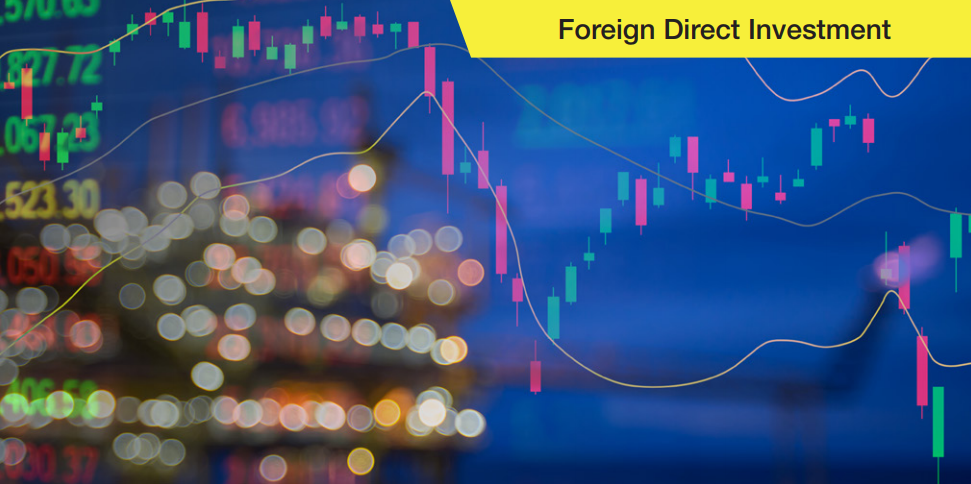Foreign Direct Investment
Topic(s)

In 2016, global FDI flows amounted to US$ 1.7 trillion, higher than any of the annual figures between 2008 and 2014. Nonetheless, this figure reflects a 2% drop compared with 2015. Developed economies regained the lead, receiving 59% of FDI flows, with their inflows climbing by 5%. Developing economies received 37% of the total and their FDI inflows fell by 14%. All the developing subregions received less investment, with Asia seeing decreases of 15% and Africa, 3%.
Article selection
Latin America and the Caribbean must support foreign investments that help close the productive and social gaps in the region
Cross-border mergers and acquisitions played a large role in global FDI, especially in developed economies, driven by greater international liquidity and industry strategies that led to major…
Alicia Bárcena: “Foreign Direct Investment can contribute to achieving the 2030 Agenda for Sustainable Development”
ECLAC’s Executive Secretary was one of the main speakers at the IV International Investment Forum Chile, inaugurated by the country’s president, Michelle Bachelet.
Foreign Direct Investment toward the Region Continues Downward Trend and Totals $167.043 Billion Dollars in 2016
In its annual report, ECLAC projects a fresh decline in 2017, of around 5%, and calls on countries to create policies to attract flows that support national processes of sustainable development.